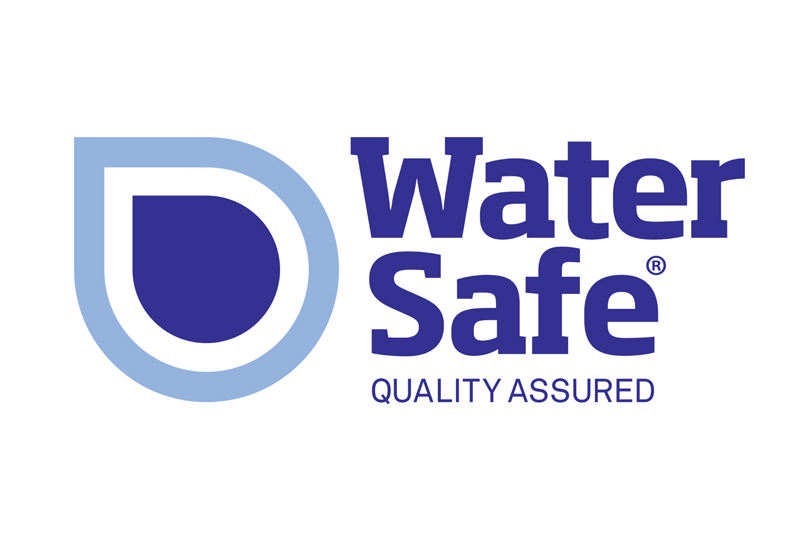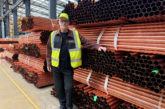
With around 2,000 young children reportedly ending up in A&E each year with scalds from bath water, WaterSafe is raising awareness on the subject.
The campaign has been designed to raise awareness on how to prevent burns and scalds in homes, schools, hospitals and care homes.
Hot water scalds can be extremely dangerous – especially to children and older people. According to The Royal Society for the Prevention of Accidents (RoSPA), hot bath water is responsible for the highest number of fatal and severe burn injuries in young children and an average of 15 pensioners die each year from tap-water scalds.
One of the main reasons scalding reportedly occurs is that hot water is stored at 60°C or above to limit the growth of harmful Legionella bacteria. However, if water comes out of the tap above 60°C, people can suffer third degree burns in just six seconds.
This is why WaterSafe, the UK register for approved plumbers, is raising awareness of the importance of using thermostatic taps and mixing valves (TMVs) to support National Burn Awareness Day on 17 October. The valves are said to be particularly important for larger plumbing systems in places such as schools, care homes and hospitals.
TMVs allow water to be stored at a high enough temperature to kill harmful bacteria but reduce it to a safe temperature as it comes out of the tap, by mixing it with the cold supply. They can cost as little as £30 and be retrofitted to older systems.
Julie Spinks, Director of WaterSafe, said: “While TMVs do need servicing annually, this is a small price to pay to reduce the risk of hot water burns.
“It only takes a few seconds for hot water to cause serious injury, which is why it’s important to know a plumber you employ is competent and qualified to install plumbing correctly, keep your tap water healthy and those in your care safe.
“The WaterSafe register is backed by all water companies in the UK and the water quality regulators and we make sure all its members are fully qualified in the water regulations, insured and have a customer redress scheme in place.”
If TMVs are installed to existing pipework, they are advised to be close to where they will be used as this will minimise the length of pipework the water will pass through at a reduced temperature.
Julie concluded: “Even when using TMVS, to avoid ‘hotspots’ it’s always safest to run cold water first, then to add hot, when running baths, showers and taps. Carefully test the temperature of the bath water before bathing and supervise young children around baths at all times.”
For more information about WaterSafe and to find a local WaterSafe plumber, visit watersafe.org.uk.













